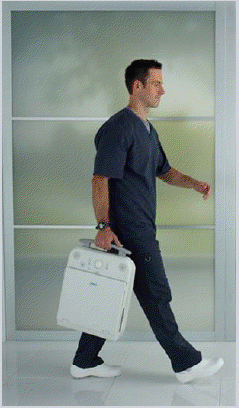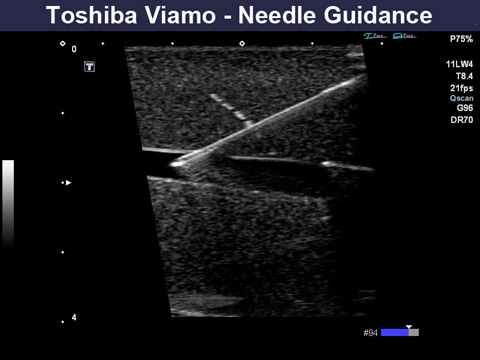Part I
Men have them, women have them, in fact, one in three adults over the age of 50 suffers from varicose vein issues. Over the next two weeks we will look at the types of treatments available, equipment needed and recent studies comparing the procedures.
In a discussion with Registered Phlebology Sonographer, Jeanette Ashby, she explains varicose veins like this "Varicose veins are large, misshapen veins, primarily found in the ankles, legs and thighs. They occur most frequently in women, but they do affect men as well. When a vein is functioning normally the valve pumps blood towards the heart. Varicose veins form when the vein becomes damaged, usually when the vein wall weakens and/or the valves in the vein become faulty. When the valve becomes damaged it is no longer able to pump all of the blood towards the heart and blood "pools" in the vein. As a varicose vein enlarges it will contain larger volumes of blood, thus putting even greater pressure on the one way valve below."
To treat varicose veins there are conservative or active procedures to implement, depending on the patient and training/background of the physician. The conservative approach includes:
• Compression Stockings – This treatment is effective in reducing the swelling and pain associated with varicose veins by reducing the venous volume and shifting the flow to other parts of the body, compression stockings combined with exercise of the calves can alleviate minor issues, but studies have found there is poor compliance.
• Leg Elevation – Keeping the legs above the heart may also relieve some of the symptoms
• Medications - Ibuprofen or aspirin can also be prescribed in some cases to relieve occasional swelling
Next week we will dive further into the various invasive procedures involved. For a sneak peak of what's ahead, listen and watch Dr. Chuback explain Endovenous Laser Treatment. To see which portable ultrasound systems can meet the needs of your venous procedures, click here.







